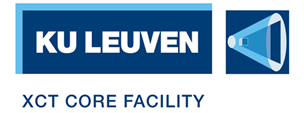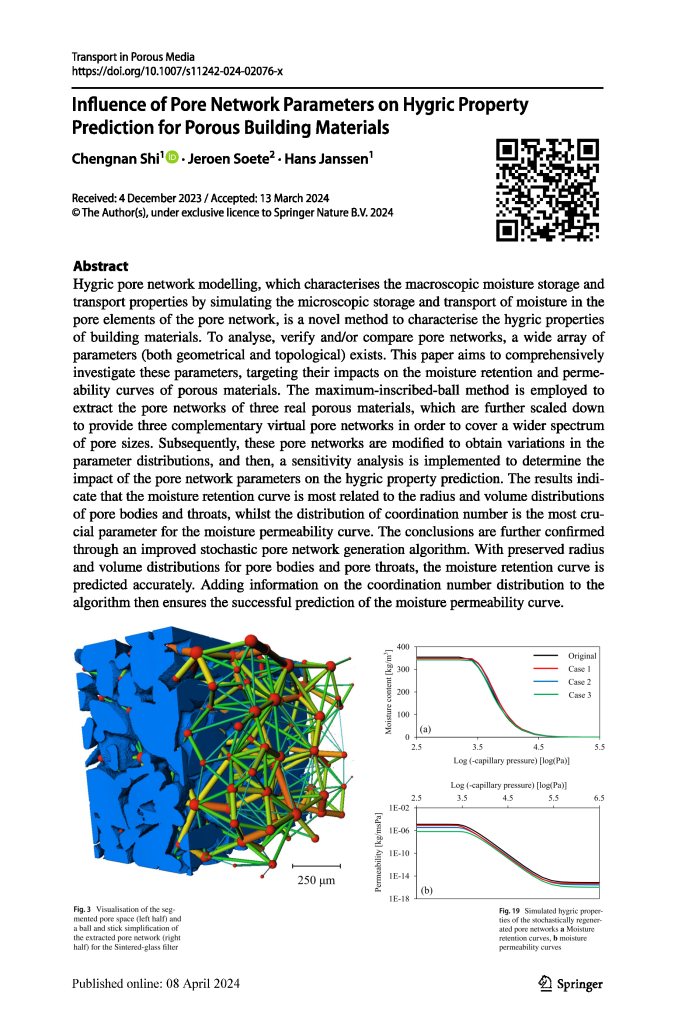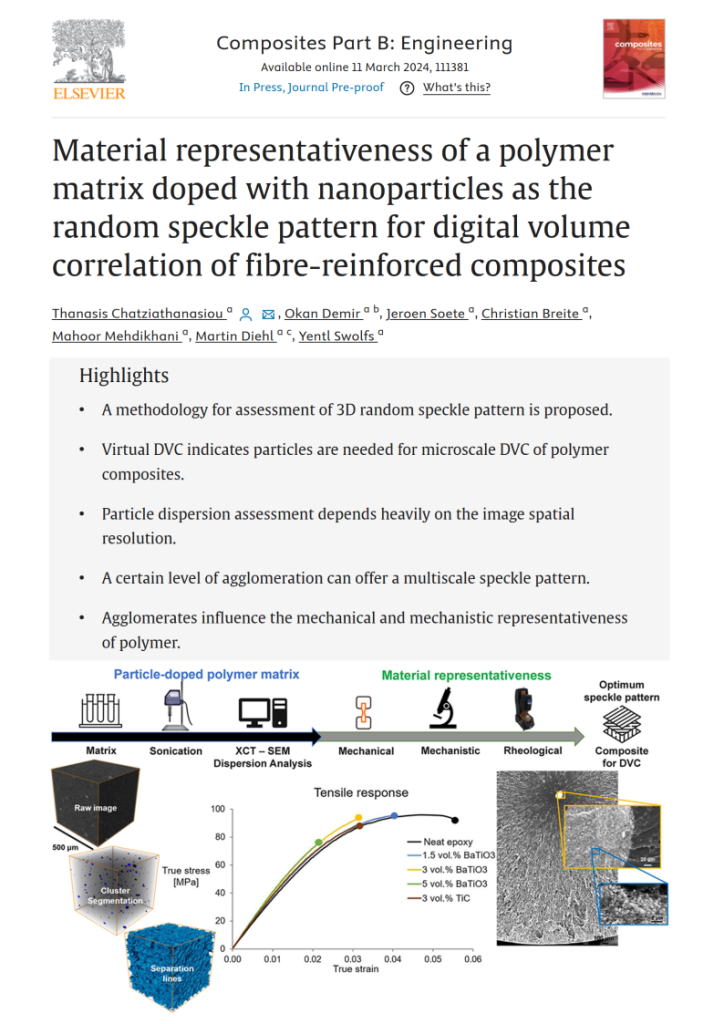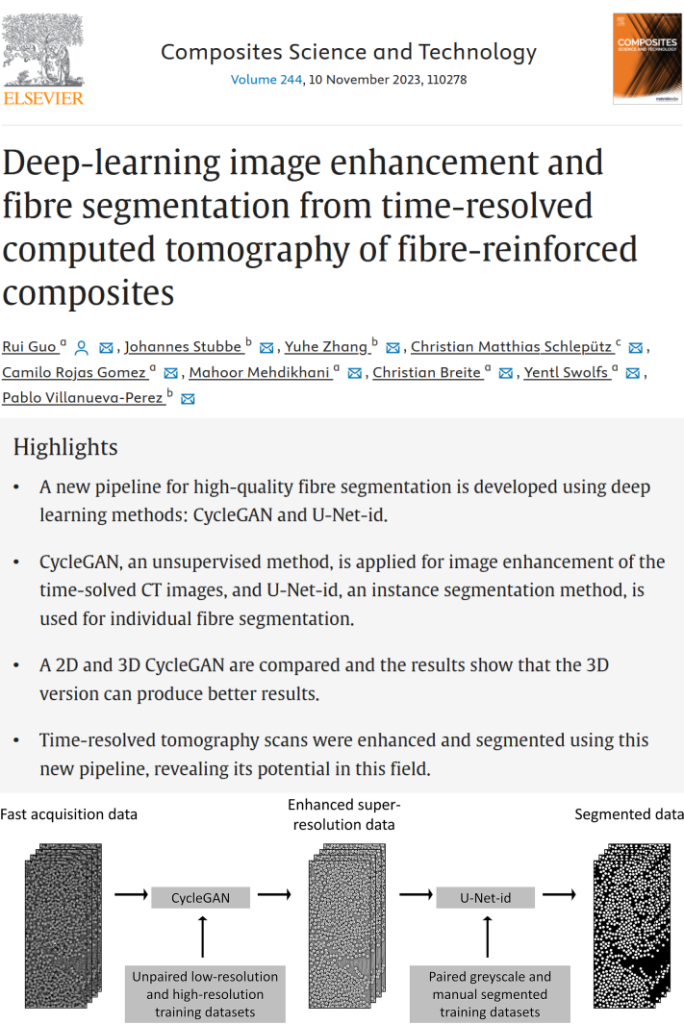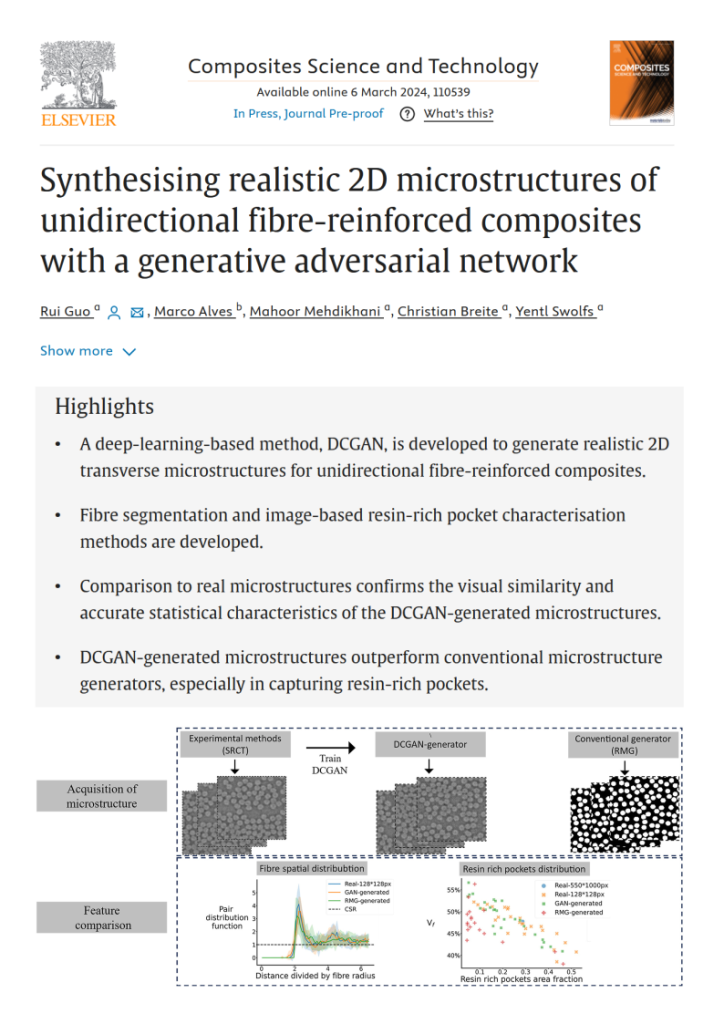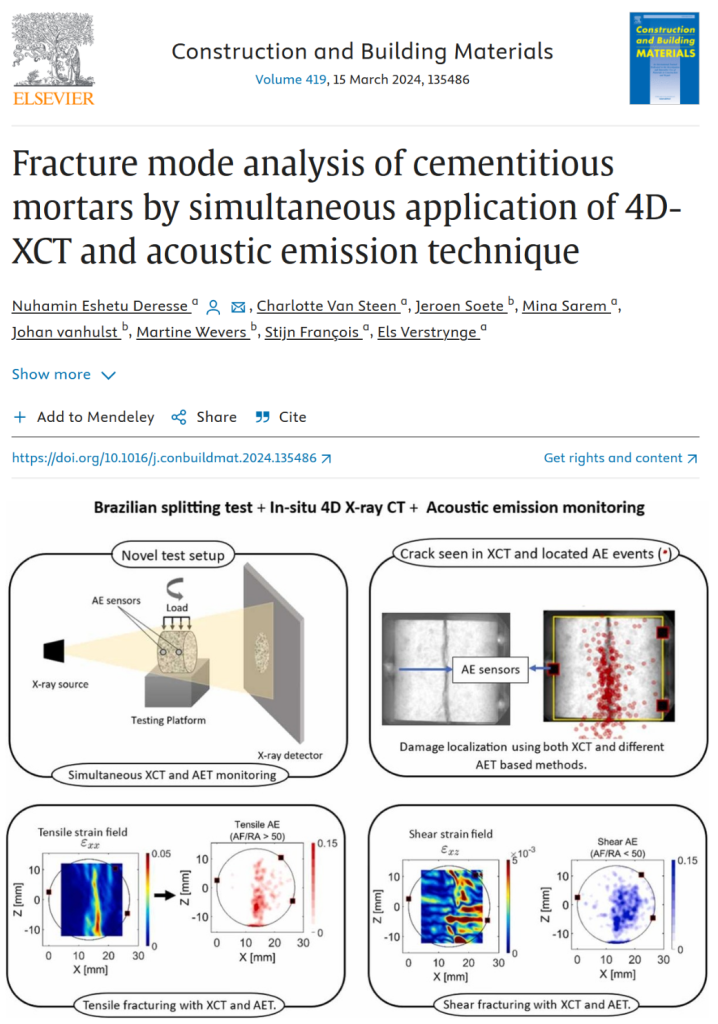Influence of Pore Network Parameters on Hygric Property Prediction for Porous Building Materials
Abstract Hygric pore network modelling, which characterises the macroscopic moisture storage and transport properties by simulating the microscopic storage and transport of moisture in the pore elements of the pore network, is a novel method to characterise the hygric properties of building materials. To analyse, verify and/or compare pore networks, a wide array of parameters …
